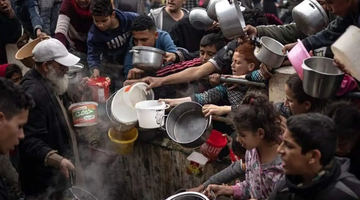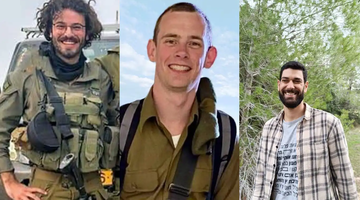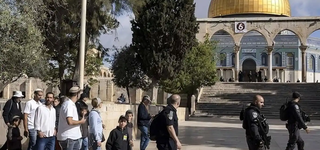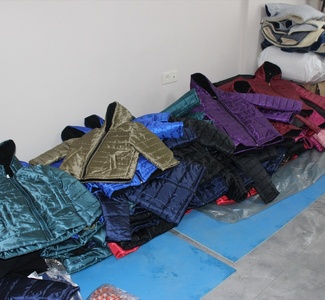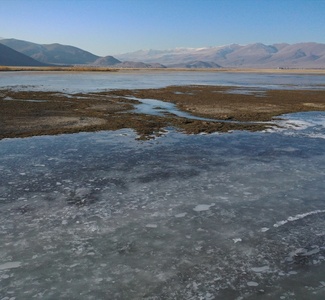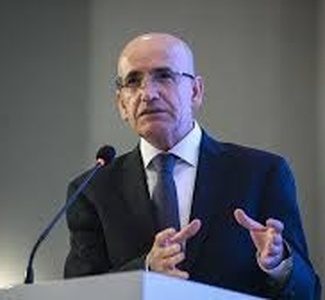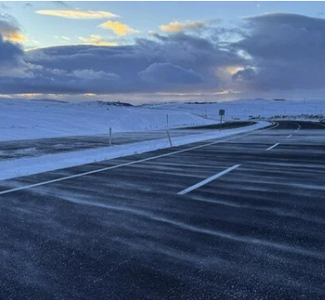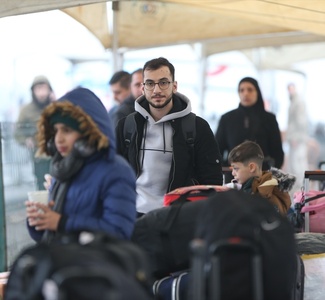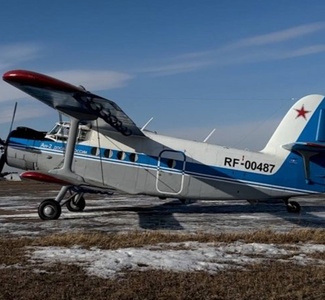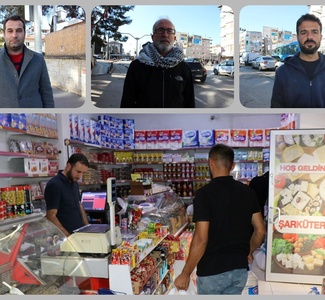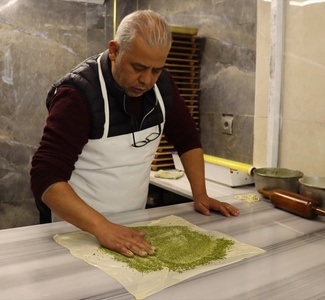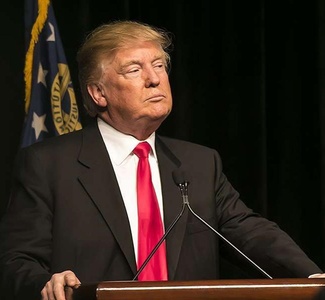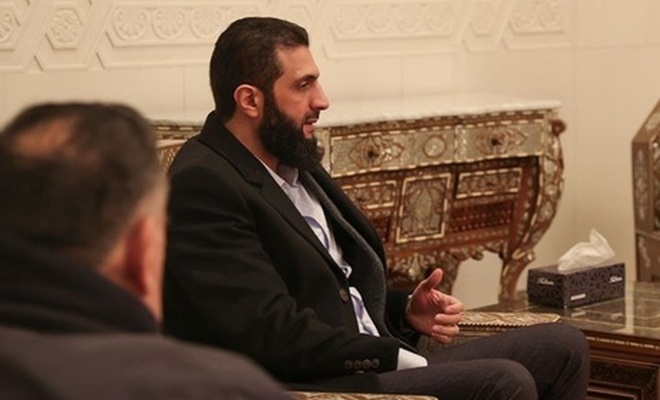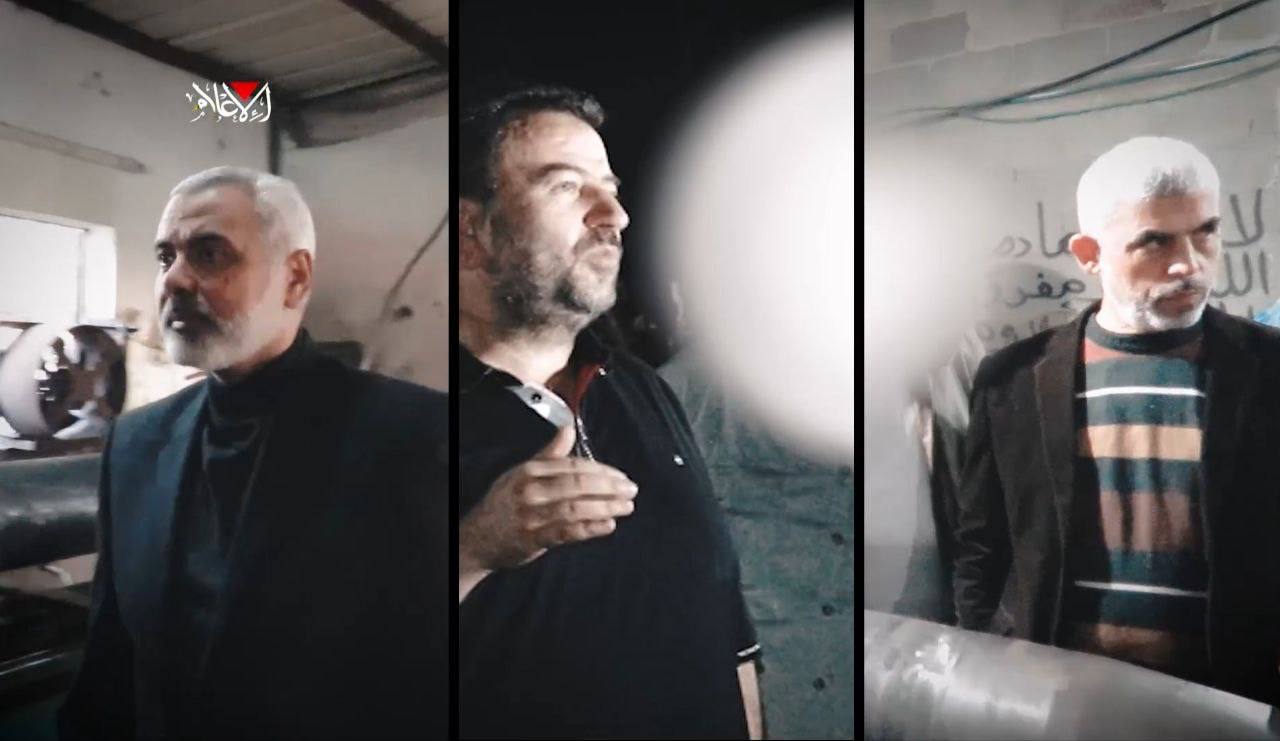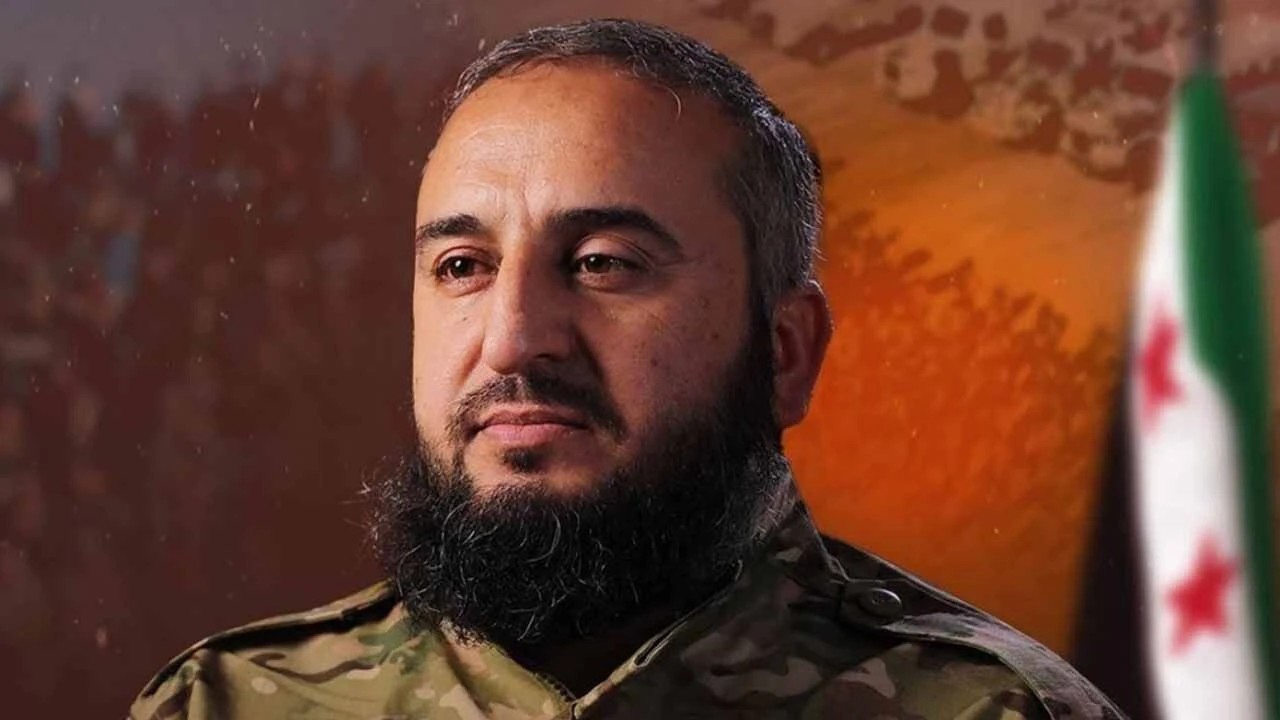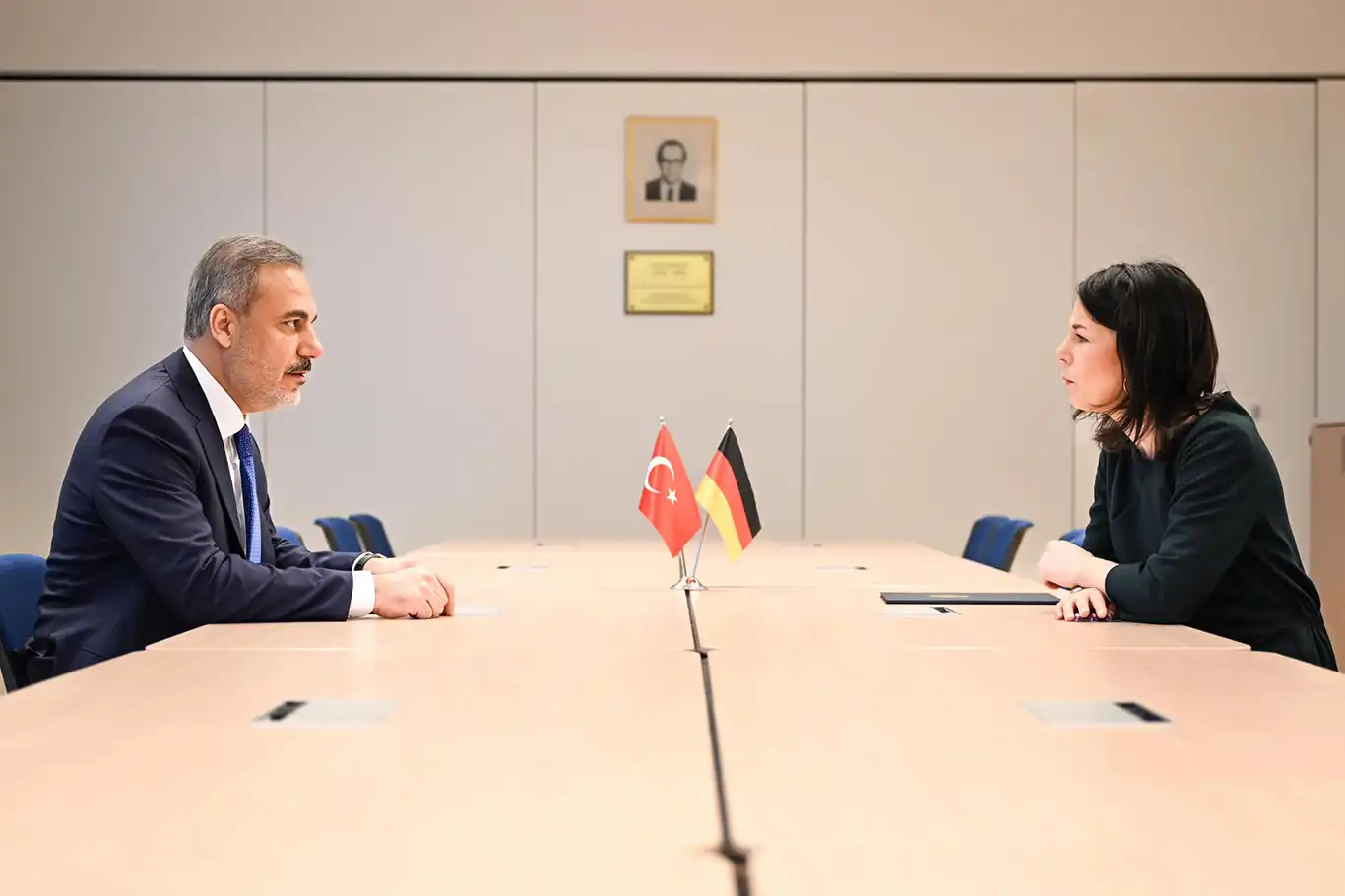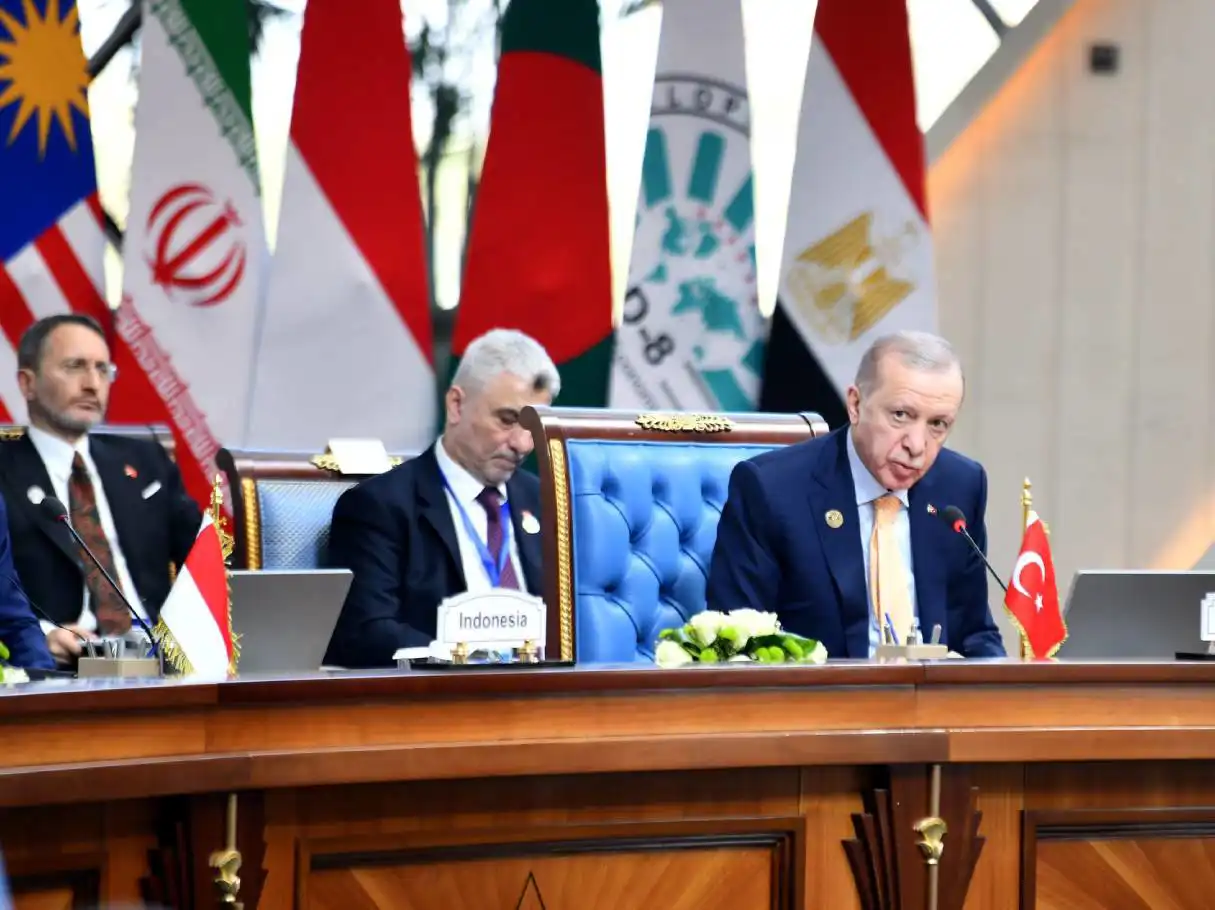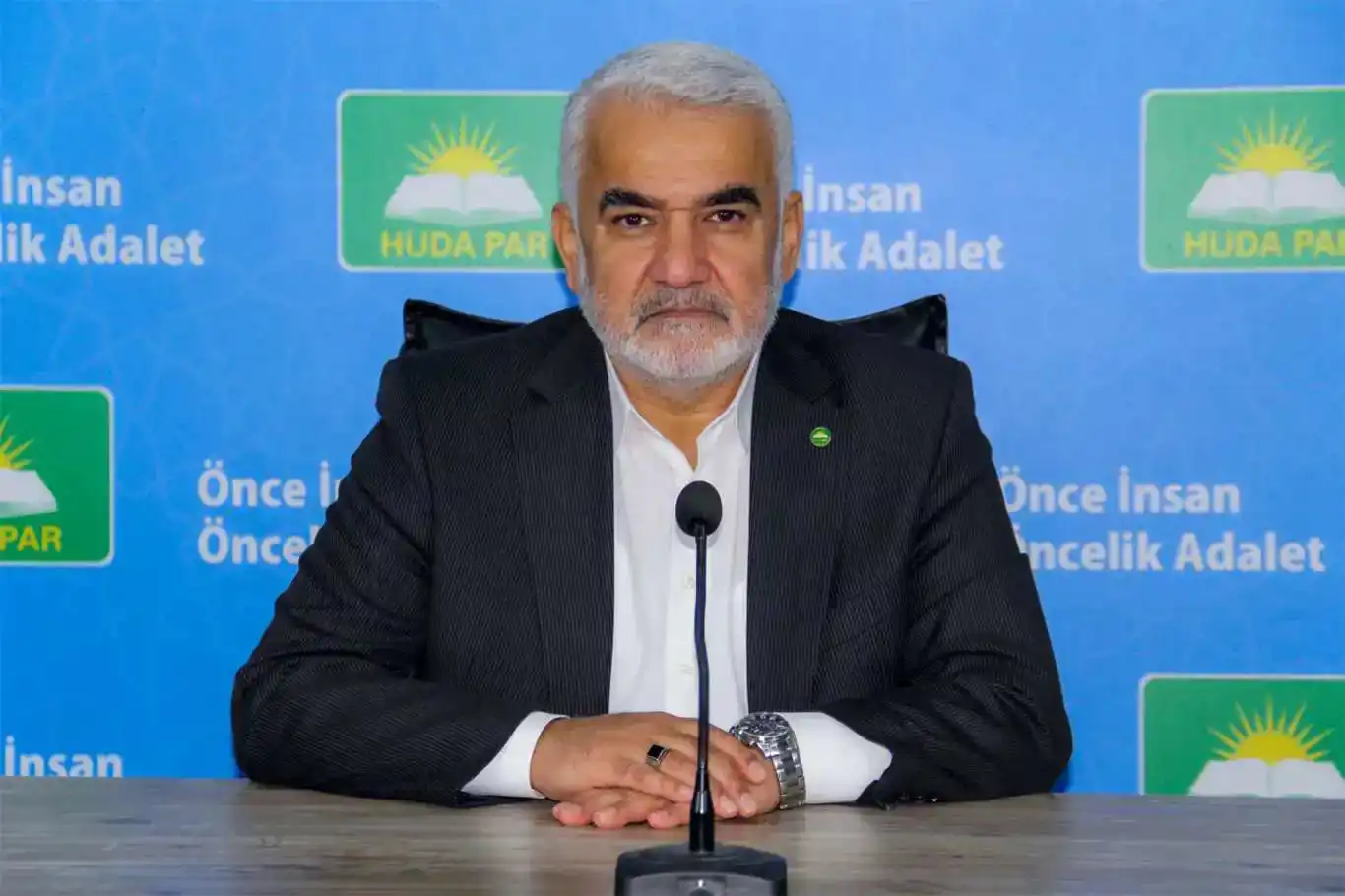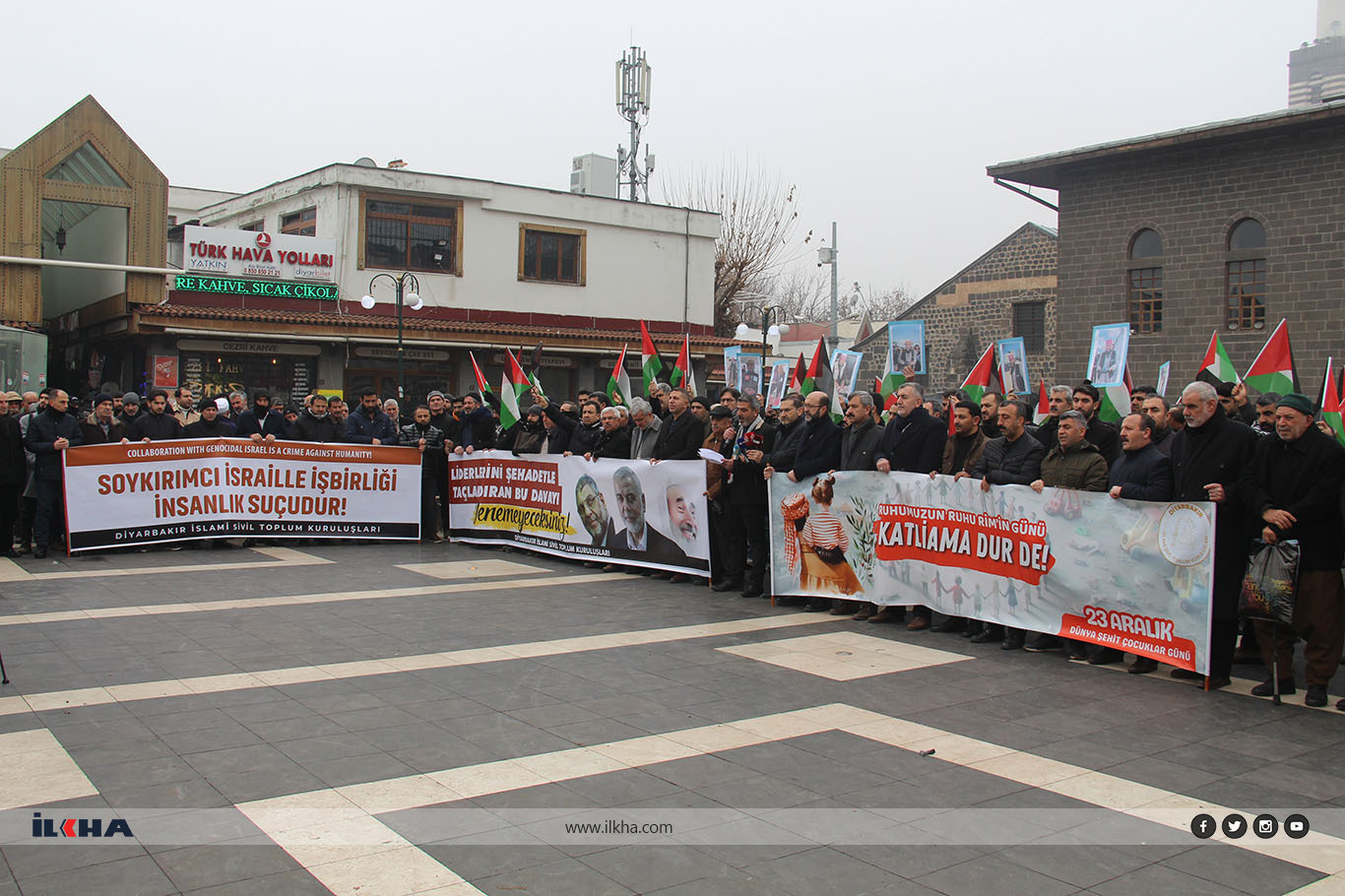NASA postpones crewed return of Boeing's Starliner
NASA announced on Saturday that Boeing’s Starliner spacecraft will return to Earth without astronauts Butch Wilmore and Suni Williams aboard.
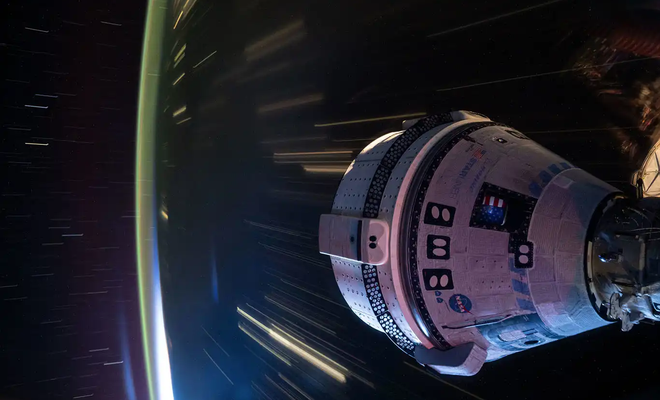
 Google News'te Doğruhaber'e abone olun.
Google News'te Doğruhaber'e abone olun. The decision to conduct an uncrewed return comes after the agency identified technical issues that need further assessment, prioritizing the safety of the crew.
Wilmore and Williams, who arrived at the International Space Station (ISS) in June as part of NASA’s Boeing Crew Flight Test, have been actively engaged in station research, maintenance, and testing of Starliner’s systems. Despite these activities, NASA opted to keep the astronauts on the ISS and return the spacecraft uncrewed to gather additional data while minimizing unnecessary risks.
"Spaceflight is risky, even at its safest and most routine. A test flight, by nature, is neither safe, nor routine," said NASA Administrator Bill Nelson. "The decision to keep Butch and Suni aboard the International Space Station and bring Boeing’s Starliner home uncrewed is the result of our commitment to safety: our core value and our North Star."
Wilmore and Williams will continue their mission aboard the ISS as part of the Expedition 71/72 crew until February 2025. They will return to Earth aboard a SpaceX Dragon spacecraft, alongside two other crew members from NASA’s SpaceX Crew-9 mission. Meanwhile, Starliner is expected to depart the ISS and make an autonomous re-entry and landing in early September.
The decision follows issues identified with Starliner’s helium leaks and reaction control thrusters during its June 6 approach to the ISS. Although significant work has been done to address these issues, including data review, flight and ground testing, and independent evaluations, NASA determined that the spacecraft did not meet safety requirements for human spaceflight at this time. As a result, the astronauts were reassigned to the Crew-9 mission, which is scheduled to launch no earlier than September 24.
“Decisions like this are never easy, but I want to commend our NASA and Boeing teams for their thorough analysis, transparent discussions, and focus on safety during the Crew Flight Test,” said Ken Bowersox, associate administrator for NASA’s Space Operations Mission Directorate. "We’ve learned a lot about the spacecraft during its journey to the station and its docked operations."
The uncrewed return of Starliner will provide valuable data that will inform future corrective actions for the spacecraft. NASA’s Commercial Crew Program mandates that spacecraft undergo a crewed test flight to demonstrate readiness for regular missions to and from the ISS. Following Starliner’s return, NASA will evaluate all mission data to determine the next steps needed to meet certification requirements.
As NASA and SpaceX prepare for the upcoming Crew-9 mission, adjustments are being made, including reconfiguring the Dragon spacecraft to accommodate Wilmore and Williams, as well as adding additional cargo and spacesuits. The mission will launch from Space Launch Complex-40 at Cape Canaveral Space Force Station in Florida, providing operational flexibility around NASA’s planned Europa Clipper launch.
NASA’s Commercial Crew Program, which collaborates with the American aerospace industry, aims to ensure safe, reliable, and cost-effective transportation to the ISS. The program plays a vital role in supporting continuous human presence aboard the ISS, advancing scientific research, and paving the way for future exploration missions, including NASA’s Artemis campaign to the Moon and Mars. (ILKHA)




























